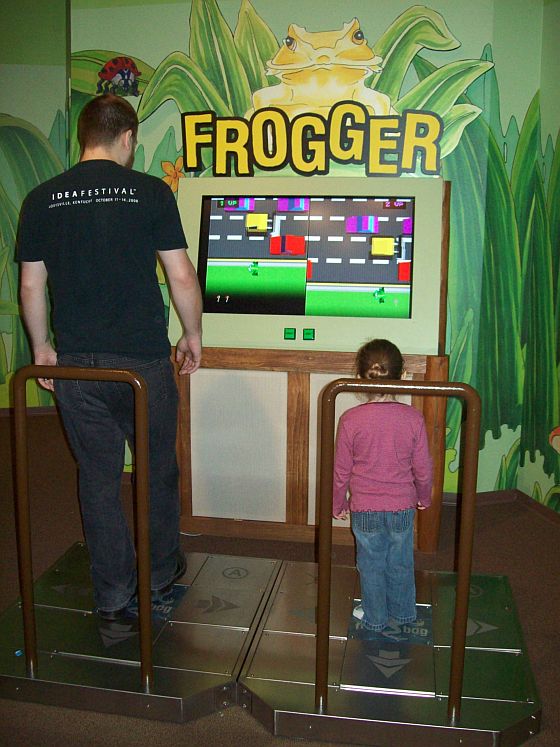
A person experiencing segmented sleep will sleep for 6-8 hours but in two shifts during the night.

Segmented sleep includes two sleep periods, both of which occur at night. Some say that biphasic sleep is a healthier sleep pattern than a monophasic pattern, and some countries have adopted a biphasic sleep pattern as the normal one.Īnother form of biphasic sleep is segmented sleep, which some may refer to as the most natural of all sleeping patterns. An extended siesta of 90 minutes allows a person to have one complete cycle of sleep. However, a siesta can last for longer, perhaps 90 minutes. The shorter period of rest typically lasts 30 minutes and gives an energy boost to finish the day. Those who practice biphasic sleep typically sleep for a long duration at night, for 5-6 hours, and have a shorter period of sleep or siesta during the day. This can interrupt a person’s sleep-wake cycle and have a negative impact on their sleep durations. Some argue that since the advent of electricity and increased exposure to bright light, melatonin levels are decreasing, as they would if a person were exposed to sunlight. This sleep pattern became “the norm” during the industrial revolution’s longer-than-normal hours of working time. There is, however, discussion that this has not always been the case. Monophasic sleep is what today’s society would refer to as a “normal” sleeping pattern. These sleep patterns are described below. In this article, we learn more about the three types of sleep patterns that are most common. Despite this, what is the correct time for a person to sleep per night?Īnd do we really know what the best and healthiest sleep pattern is for an individual’s overall health and sleep hygiene?


People have an internal circadian rhythm, a routine of biological and behavioral processes that roughly occur every day over a 24-hour cycle. Share on Pinterest An individual’s sleep pattern is dependent on their internal circadian rhythm.


 0 kommentar(er)
0 kommentar(er)
